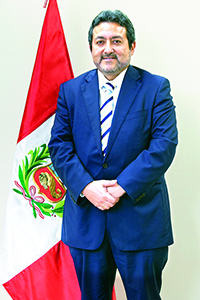
Republic of Peru:
|
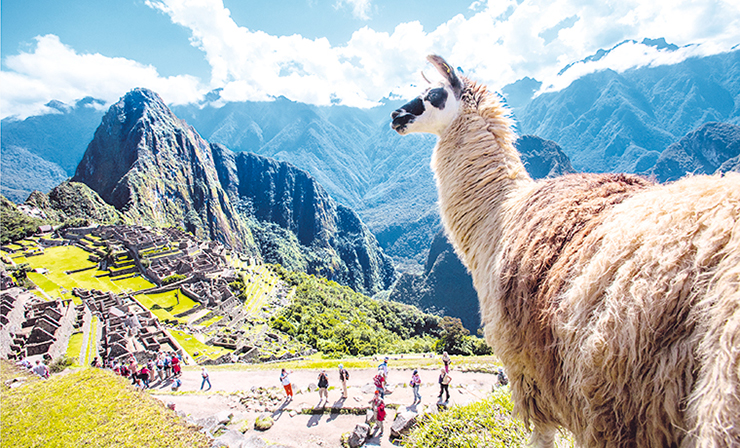 |
Shinagawa City is home to 16 embassies and consulates, and we are introducing them one by one in this series. In this issue, we present the Consulate-General of the Republic of Peru in Tokyo. Various civilizations arose in Peru from ancient times to medieval times, and relics and the ruins of lost cities that reveal its long history have great appeal. We asked Consul-General Jorge Jallo Sandoval about Peru’s many captivating attractions.
Inquiries: International Affairs, Community Promotion Section Tel: 03-5742-6691, Fax: 03-5742-6878
Reference: Peru Export and Tourism Promotion Board, Ministry of Foreign Affairs website, Embassy of Japan in Peru website
Thank you for giving us the opportunity to tell Shinagawa residents about the culture of Peru through events such as sports and summer festivals in Shinagawa City. It is also nice to have a Peruvian restaurant and a supermarket that carries Peruvian/South American foodstuffs near the consulate. Such places provide great venues for exchanges between Peruvians living in Japan and city residents. Consulate-General of the Republic of Peru in Tokyo (1-13-12 Higashi-Gotanda) |
Japan-Peru Friendship Year of 2019 Peru was the first country in South America to accept an influx of Japanese immigrants, and Japanese immigration to Peru began in 1899 with the arrival of a ship called the Sakura Maru. This year marks the 120th anniversary of that event, and has been designated the Japan-Peru Friendship Year of 2019. An observation platform is being erected on the landscape of the Nazca plains with aid from Japan this year. Here in Japan, Gyoda City in Saitama Prefecture hosted a rice field art display depicting the famous Nazca geoglyphs last year. The exchange between our two countries is expanding, including an ancient Andean civilization exhibition touring Japan. |
| Let’s Learn Some Basic Facts about Peru! |
Country: Republic of Peru
Capital: Lima
Population: Approx. 31,820,000 (estimated in October 2017 via the National Institute of Statistics and Informatics)
Languages: Spanish (also Quechua and Aymara)
Area of land: 1,285,126 km2 (about 3.4 times the size of Japan)
Currency: sol
| Let’s Learn More about Peru! |
A variety of World Heritage Sites
It is said that the first humans arrived in Peru about 20,000 years ago. Peru’s first civilization is said to have been established 5,000 years ago, centered in Caral, which is the oldest city in the Americas. In addition, the ruins of the Inca Empire’s mountain city of Machu Picchu, the cityscapes of Spanish territories, and many other World Heritage Sites give visitors opportunities to see the roots of South American culture.
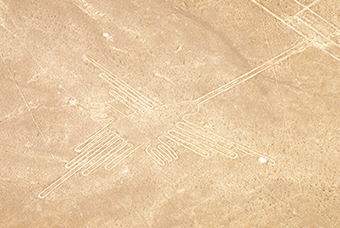 A Nazca Line hummingbird |
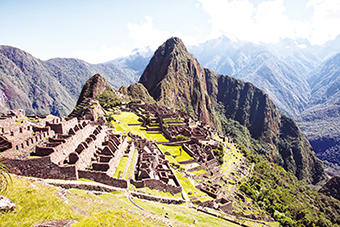 |
The Nazca and Palpa Lines |
Machu Picchu: A Peruvian Historic Sanctuary |
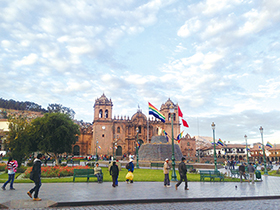 |
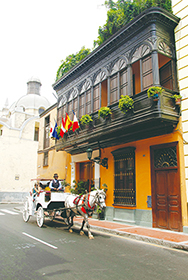 |
City of Cusco |
Historical Lima |
Recognized Worldwide as a Land of Superb Cuisine
Peru is rich in food resources thanks to its diverse geography. Its cuisine is equally wide-ranging, including ingredients such as fish and shellfish in coastal areas, potatoes and meat in mountainous regions, and tropical fruit in jungle territory. Peruvian cuisine originally developed through a fusion of the diverse food culture brought by immigrants, and is known in gastronomic circles around the world.
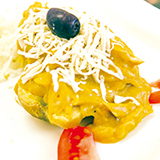 |
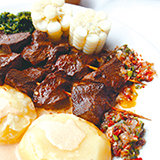 |
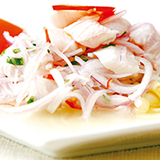 |
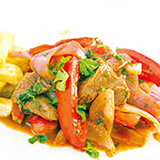 |
Aji de gallina |
Anticucho |
Ceviche |
Lomo saltado Traditional Peruvian cuisine featuring beef and vegetables fried with seasoning in an Asian style |
 Copyright © 2017 Shinagawa City. All rights reserved. |

